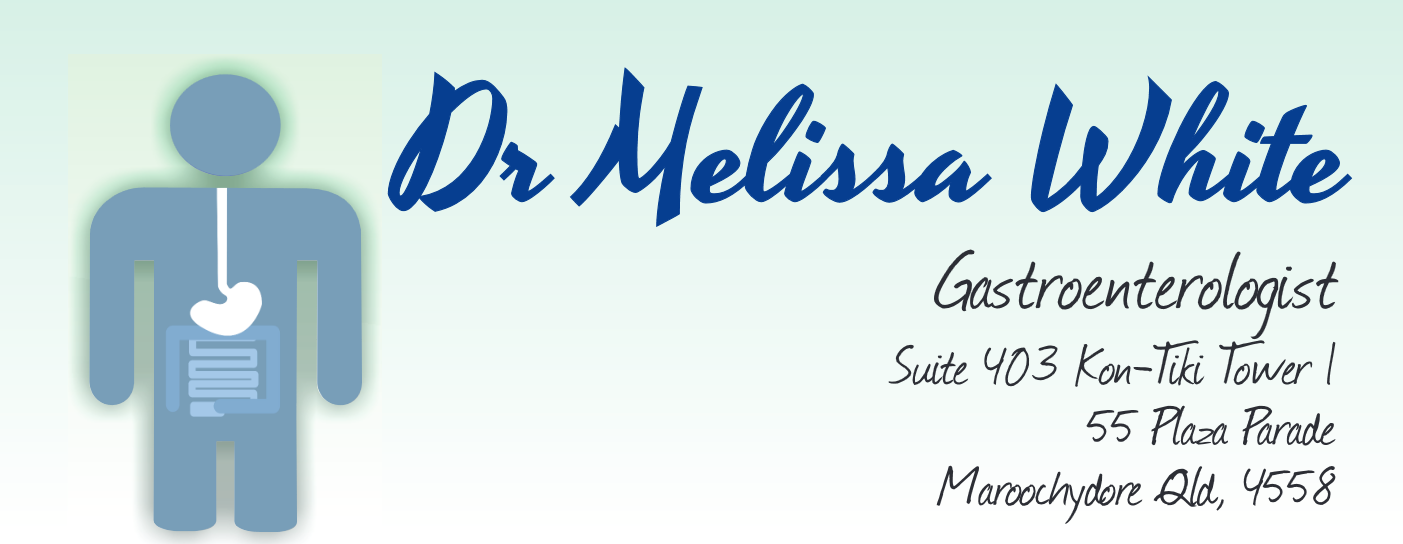Lactose Intolerance
Are you unsure what lactose intolerance is and how it’s treated? Here’s a closer look at this often misunderstood condition.
Dairy foods constitute a key element of a healthy diet, however, in some cases they can create uncomfortable symptoms and lactose intolerance may be the culprit. People with lactose intolerance may have difficulty digesting the sugar in dairy products called lactose. When they eat too much lactose, it passes through the digestive system without being digested and absorbed, often causing gas, bloating, cramps and/or diarrhoea. There is an enzyme in the body called lactase that breaks down lactose so it can be absorbed. People become lactose intolerant when their bodies don’t make enough lactase. This can happen naturally as people get older and is often an inherited trait. It is also seen in infants with colic.
Temporary lactose intolerance can be caused by conditions that damage the gut, such as chronic diarrhoea. Once the gut has healed, people can then resume eating lactose. The exact number of people with lactose intolerance in Australia is unknown, but certain cultures are more affected by it, including Aborigines, Maoris, South East Asians and some people of Mediterranean decent.
Suspicious Signs
If you suspect you might be lactose intolerant, take the time to see your GP. You can rest assured that they will be well acquainted with this condition. GP’s are well versed in the diagnosis and treatment of lactose intolerance. Importantly, they can also determine whether another more serious condition is causing your symptoms. So your first port of call should be your family doctor.
Never self-diagnose. If you are lactose intolerant but leave it untreated, further complications can occur. On the other hand, if you treat yourself by cutting out all dairy products without seeking proper dietary advice, you may be missing out on calcium and other valuable nutrients.
The Sensible Approach
If lactose intolerance is confirmed, there are some simple steps you can take to treat it while at the same time meeting your need for calcium and other nutrients. We suggest you:
Avoid high lactose foods and beverages such as dairy products and milk powders.
Use lactose-free milk substitutes such as soy or rice milk.
Use lactose-reduced products such as lactaid milk.
Consider using tablets or drops that add lactase to food and drinks before you eat or drink it. These are available from your local pharmacy.
Some lactose intolerant people may need specialist help to modify their diet. A dietician can provide a list of low lactose foods, explain which foods to avoid and at the same time ensure you are maintaining a well-balanced diet.
